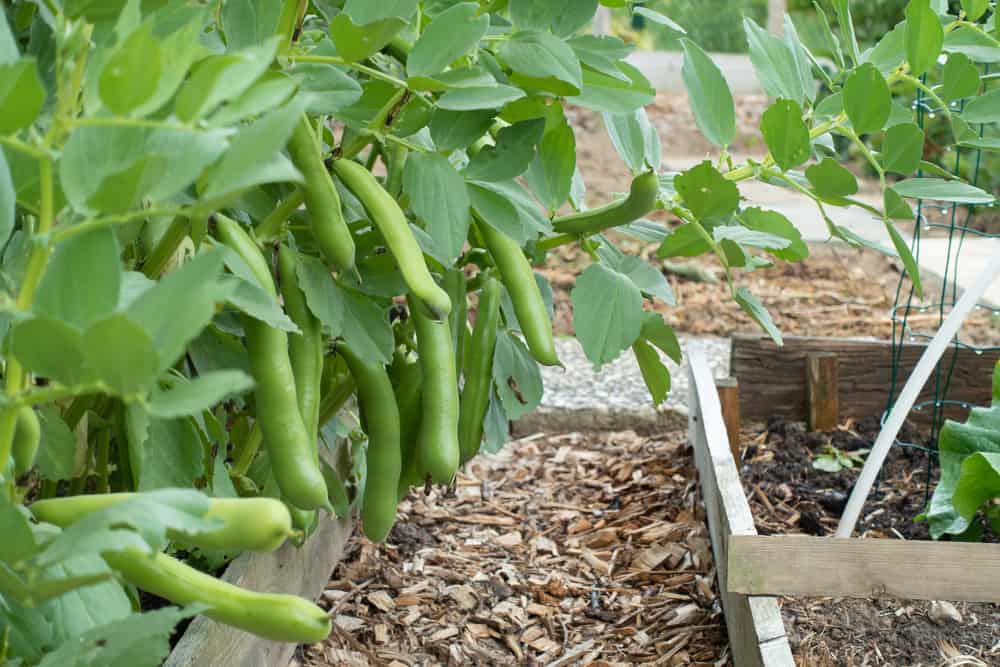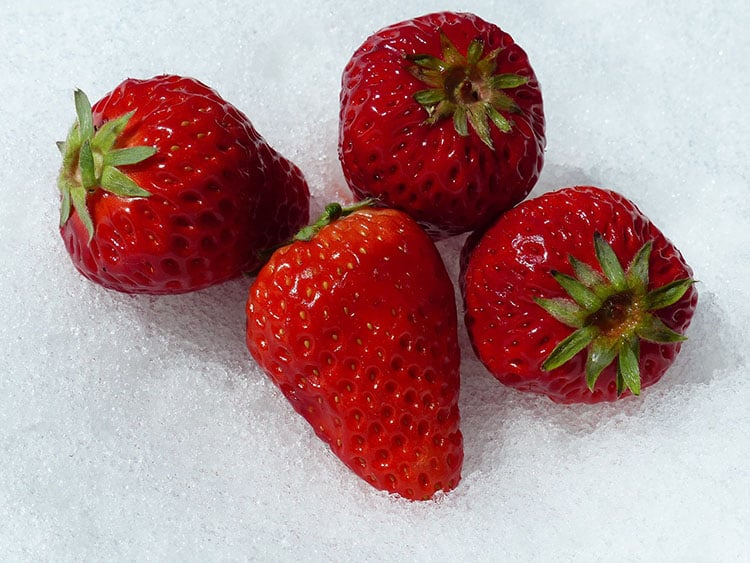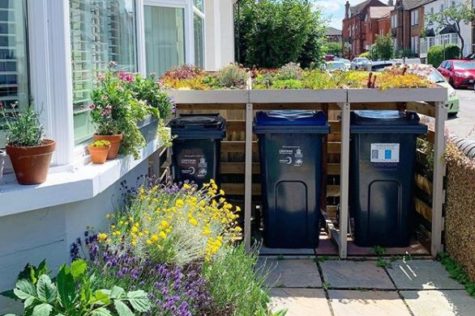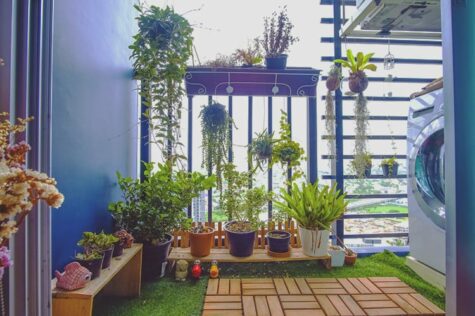Nature has designed many climbing fruits and vegetables from fruiting squash to beans. Read on to see which types need trellis, why to use it and how they will benefit.

Credit: Shutterstock
Trellis provides your plants with support, but other benefits include:
- Improved ventilation. The air can easily circulate around trellised vegetables, so you can avoid diseases and the leaf mould that is so common in cucumbers, squash and pumpkins. Other soil diseases like tomato and potato blight are less likely if the plants are well spaced.
- Reduced Pests. Slugs and snails have a harder time climbing up your supported vegetables than finding tasty plants at ground level. They are easier to spot too so they can be removed and housed in a different area if you find any.
- If space is tight in your vegetable patch, then vertical gardening is all the rage and you will notice why. With trellis, all plants are growing upwards, not taking up valuable ground space. Considering that a pumpkin can extend to over 6 feet, your trellis allows you to have a tidier plot and grow more plants.
Which vegetables need trellis support?
When you think of trellis, in your mind’s eye do you also view the little plant tendrils that attach themselves to it? All the plants below have tendrils to attach to any support they can find.
1. Cucumbers
Cucumbers really benefit from some trellis support as they grow. Without it, the cucumbers end up sprawling on the ground, where they become a feast for lurking snails and slugs.
Outdoor cucumbers grow happily up any wire trellis you position in place. You can help the tendrils to attach by winding them around at first.
Greenhouse cucumbers like a string trellis or you can also use wires.

Credit: Shutterstock
Attach the string to stakes at planting time. Most greenhouses include holes for you to do exactly this.
More on this: Which Trellis Is Good for Cucumbers?
2. Tomatoes
Tomatoes need trellis for both bush and climbing varieties.

Credit: Shutterstock
Large stakes can be planted in and fixed with wire or string which you can use later to support growing fruit.
More on this: How To Grow Tomatoes In Your Garden
3. Peas
Peas can be planted in the autumn for an early crop in the spring. As a decoration in your garden, an obelisk trellis is perfect for peas, whose climbing habit never reaches much more than waist height – say 4 – 6 feet (1.2 – 1.8 metres).
If you also grow sweet peas, you can pick pea pods and sweet peas at the same time. In a vegetable garden with more space, you can grow peas in rows and these will benefit from wire or stake trellising.

Simple string trellis. Credit: Shutterstock
Read on for how to build a trellis in your garden for your peas.
4. Climbing beans
A summer plant, beans can be planted in the south of England from May onwards and successive planting should mean you can be eating varieties of beans right through the summer and up until the beginning of autumn.
French beans, green beans, purple queen beans – all these beans need trellis support, as they aim for the sky and grow very rapidly. Gardeners further north can get a head start by planting beans indoors and then transplanting them out after the first frosts.

Credit: Shutterstock
Allotment gardeners make trellis supports using pruned tree branches, tying the poles together for strength.
5. Squash
Squash and pumpkin are the sprawlers of the plant world. They will extend their reach in every direction so a trellis gives you a little bit more control. Strong trellis is needed for both and their fruit can be tied in to produce bigger squash.

Credit: Shutterstock
For the extremely large pumpkin varieties that people grow to beat all world records, either you need to build a super strong squash trellis or maybe leave this one to sprawl. The sheer weight will probably break the trellis eventually.
6. Courgettes
There are many varieties of courgette and you can tell they are part of the same family as the cucumber and squash from the shape of their leaves and the tendrils.
Every year I allow one courgette to grow along the ground and support another on a trellis. This is usually 50-50 in terms of fruit produced but I find that leaves on the ground tend to get mouldy quicker.
Below is a picture of the “nice a fruit rond” courgette variety which grows circular courgettes that look like squash. You can see the small courgette growing on the right and the leaves looking grey and mouldy.

7. Aubergines
Aubergines enjoy being staked, to enable them to grow bushier. This one does not have tendrils but I have included it because it really benefits from support.

Credit: Shutterstock
It needs to have the leaves pinched out at the point of growth to encourage it to grow side shoots. Tie it to a stake and give it as much sun as possible to enjoy tasty purple aubergines later in the season.
FAQs
How do I make a pea trellis?
Use “pea sticks”. Traditionally these are any branches you have cut, which are the right height. Any sticks above 4 feet or slightly taller, will usually do the job.
- Fix them into the ground before you plant the peas, to avoid root disturbance.
- Tie them together with string, which the peas will find as they grow. I find that peas prefer natural string, not the plastic varieties. I experimented one year and the ones growing on plastic moved onto the brown, jute string so this is what I would recommend.
- The string also works to deter birds from nibbling at the pea seedlings as they appear. Birds think it is an early spring feast so tying string at angles often helps to keep the birds away.
- Some gardeners add a net behind the stakes to provide additional support.
Tina’s Tips for nourishing trellised plants:
- All of these plants need super rich soil so try to source some well-rotted manure and dig this in a week before planting.
- Make home-made fertiliser from your garden plants. Leaves from nettles, dandelions and comfrey need to be added to water and allowed to soak for 5 days. Then fill up your watering can and feed your hungry plants. They will reward you with better-sized vegetables.

Save this pin for later





